SUMMARY
This is AI generated summarization, which may have errors. For context, always refer to the full article.
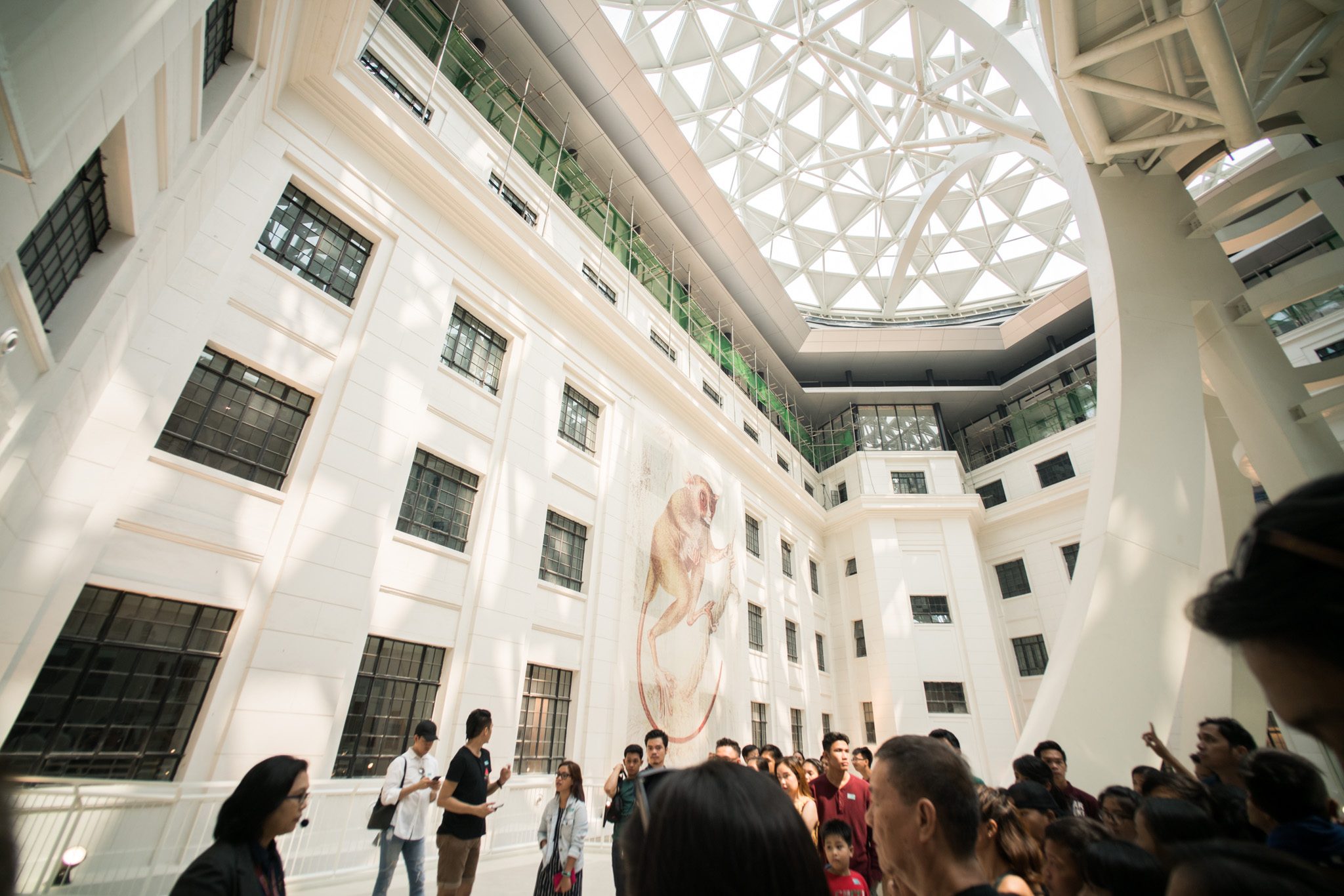
MANILA, Philippines – The much-awaited National Museum of Natural History opened to the public on Friday, May 18, International Museum Day.
Crowds trooped to the building, now part of the National Museum complex which also includes the Fine Arts and Anthropology museums.
The museum displays mostly new material, and even old material that have not been on display since the early 1990s – so there’s definitely a lot of exciting pieces to see. Here are just some of them:
Lolong’s skin and skeleton
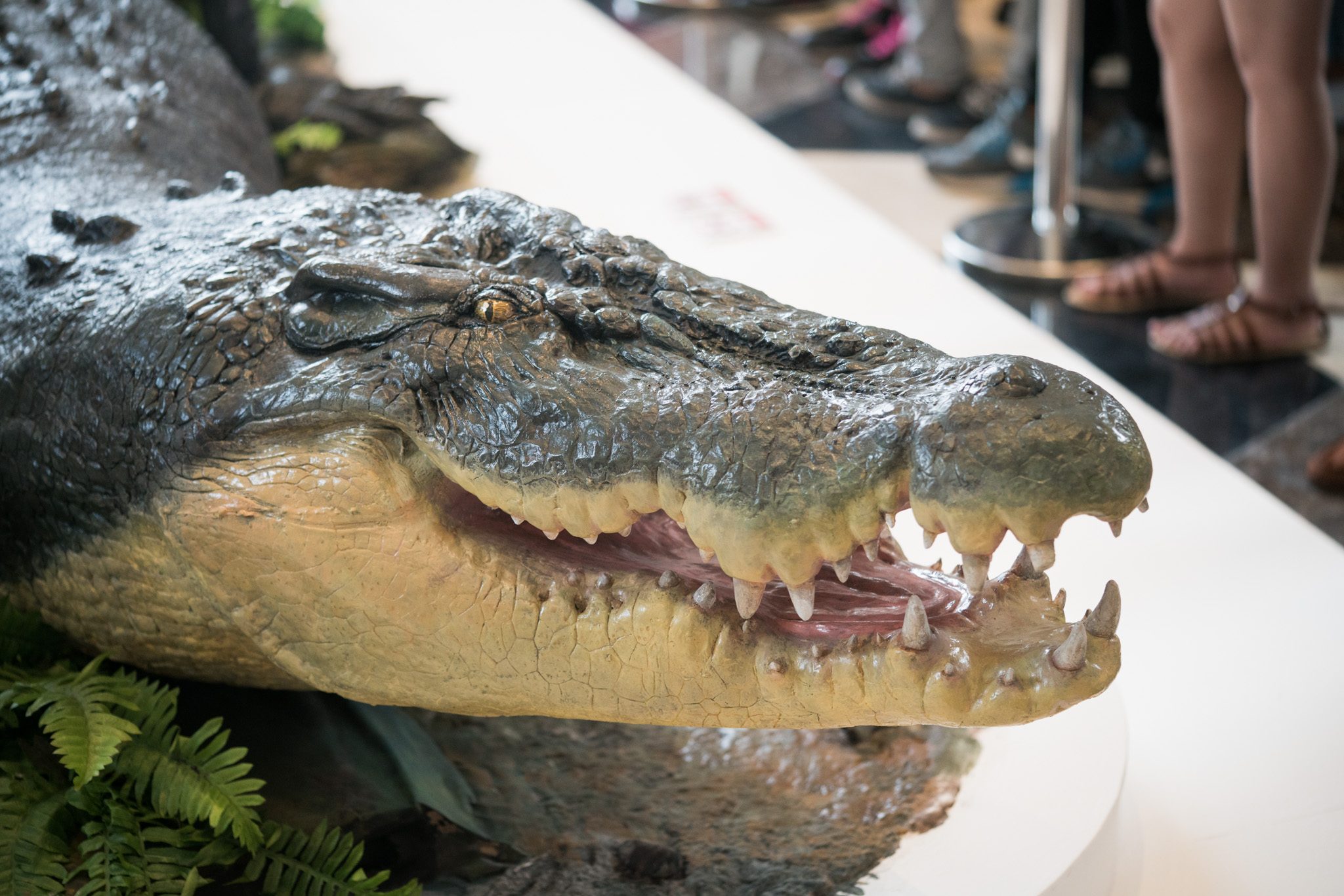
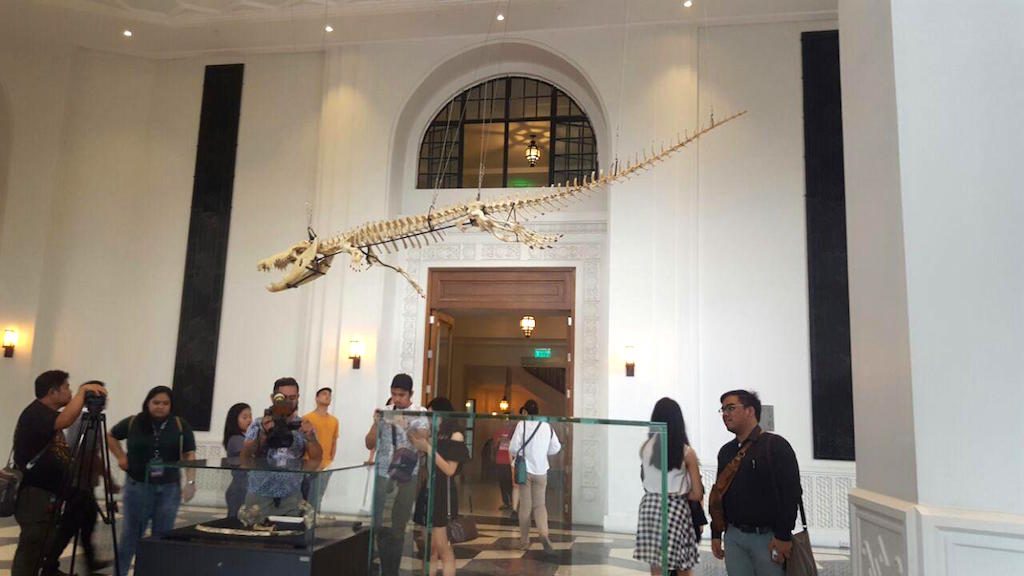
Lolong was the largest crocodile in captivity, and at the museum, you can see just how large he was exactly. His skeleton is suspended from the ceiling of the building’s Ayala Reception Hall on the second floor, while a replica of his figure is on display near the upper entrance. The actual taxidermied figure of Lolong that will eventually replace the replica is still being prepared for display, but it can be glimpsed from the windows of a still-restricted room.
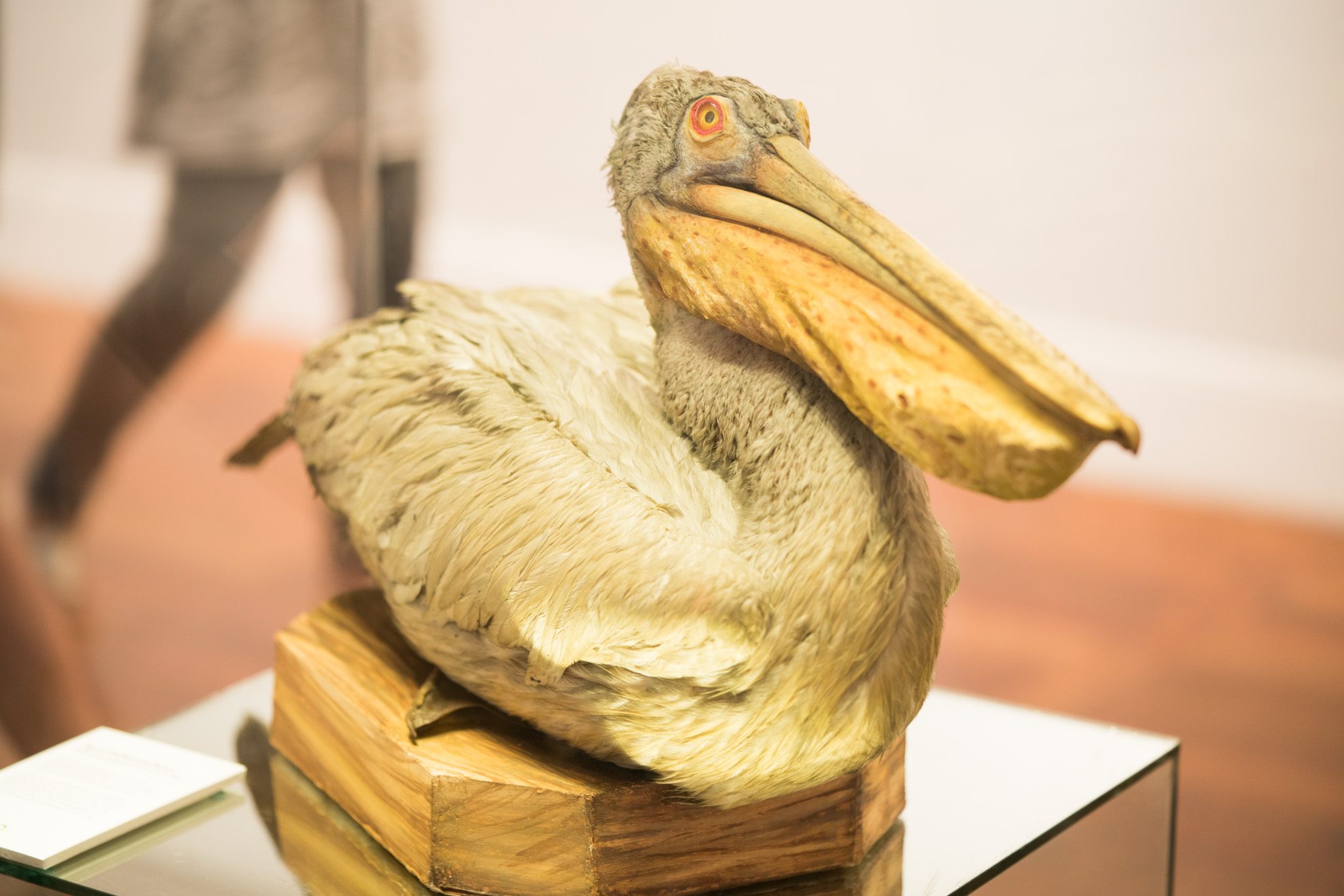
The museum also houses taxidermied specimens of other interesting creatures, such as the Spot-billed pelican (Pelecanus Philippinensis) which was first discovered in the Philippines, but became locally extinct in the 1960s.
Botanical illustrations and paintings
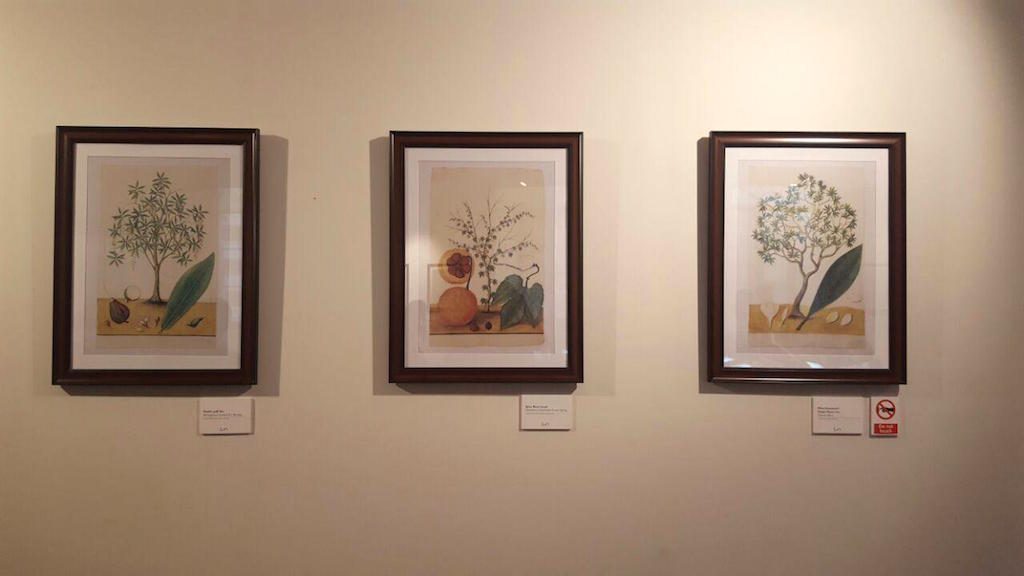
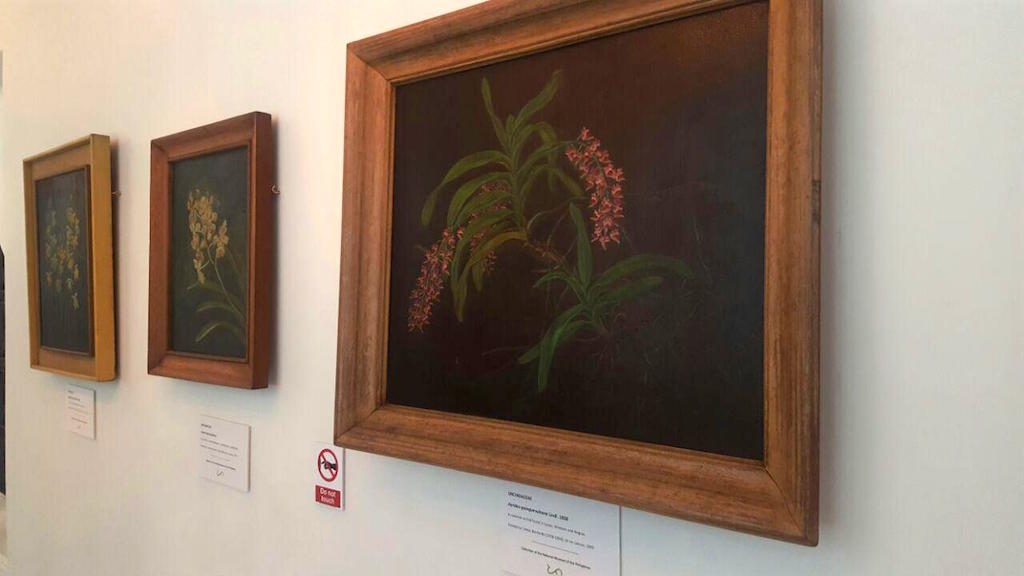
While this museum is all about science, visitors can also get treated to beautiful artwork in the form of botanical illustrations and paintings. A temporary exhibit on the pioneer naturalists of the Philippines showcases the botanical sketches of early naturalists – which are not only beautiful to look at, but integral to their scientific process. At the same time, paintings of Philippine orchids by Tomas Bernardo are also up for viewing.
The earth’s biosphere at a glance
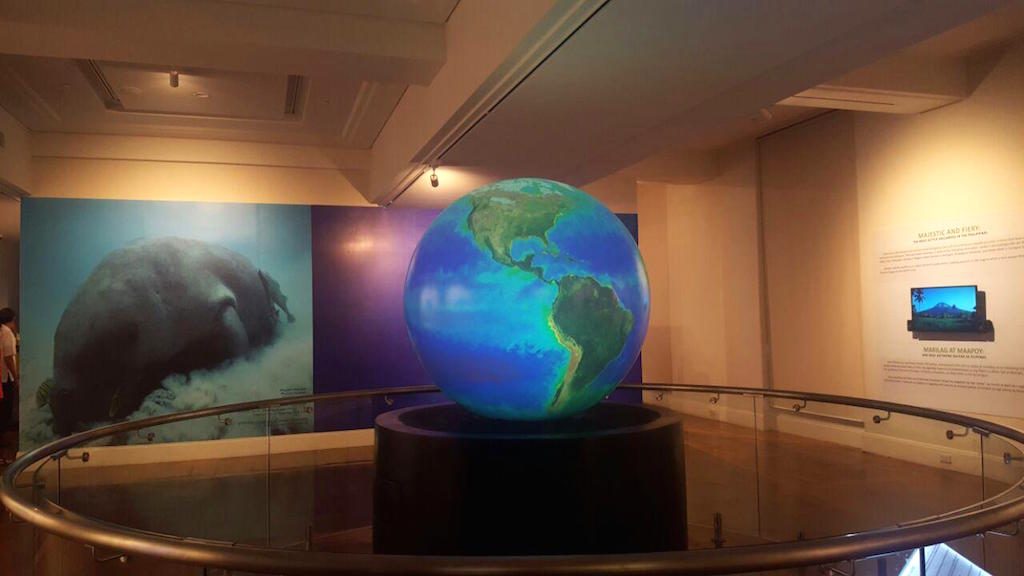
A trippy globe in the middle of one of the museum’s galleries shows snapshots of the earth’s biosphere, and how it was affected by various factors, including the eruption of Mount Pinatubo in 1991, the El Niño phenomenon in 1997, and the Indian Ocean tsunami in 2004.
The globe shows just how much climate change affects the environment – and if you feel particularly moved by it, you can let it out in the nearby activity corner, where guests are encouraged to write down their proposed solutions to climate change.
Mini-mangrove forest and beaches recreated
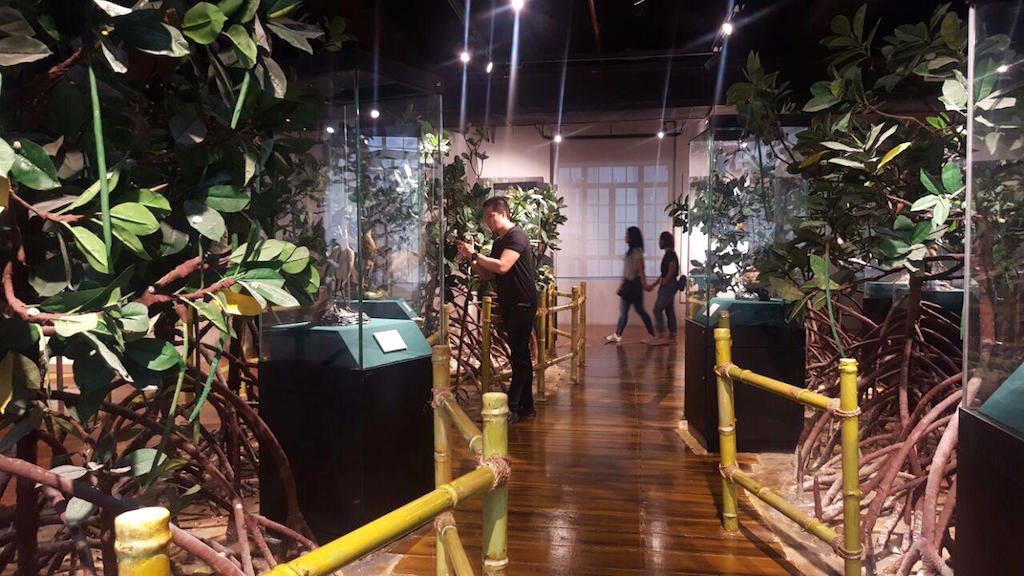
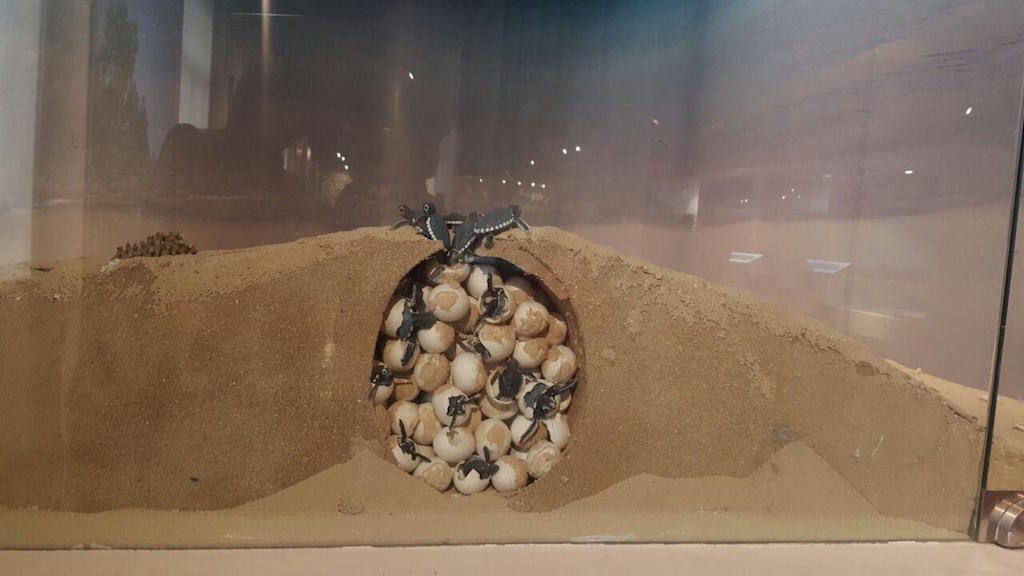
Perhaps one of the most picturesque galleries is the one that recreates a mangrove forest and a beach, but beyond being Instagram-worthy, the gallery also shows how important these areas are, and educates visitors on the roles they play in the environment.
A marine life exhibit
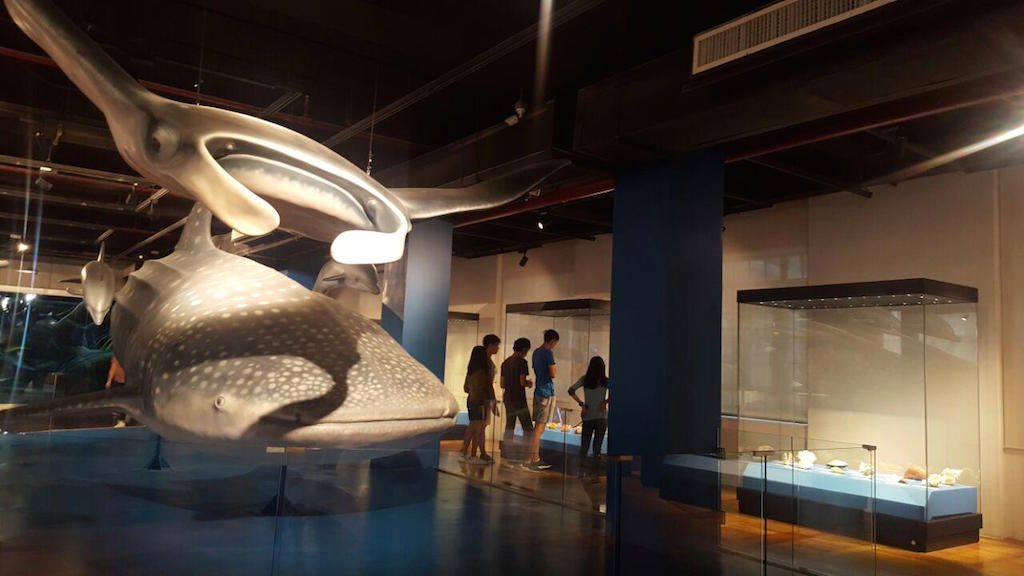
One of the museum’s galleries will have you singing “Under the Sea” as it focuses on the rich marine life in the Philippines. It includes preserved specimens of crustaceans, starfish, and a sizable sea turtle. In the center of the gallery, there are also figures of a manta ray and a whale shark, as well as an interactive submarine, with footage of sea creatures underwater.
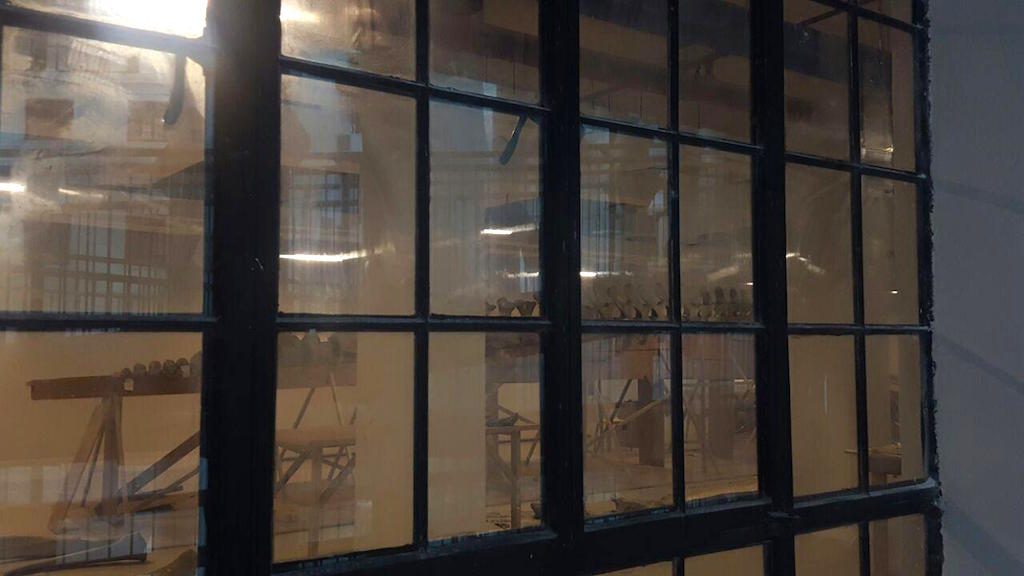
The museum also has a sperm whale skeleton, though like Lolong’s skin, it is still being prepared, and can only be glimpsed through a restricted-section window.
The building itself!
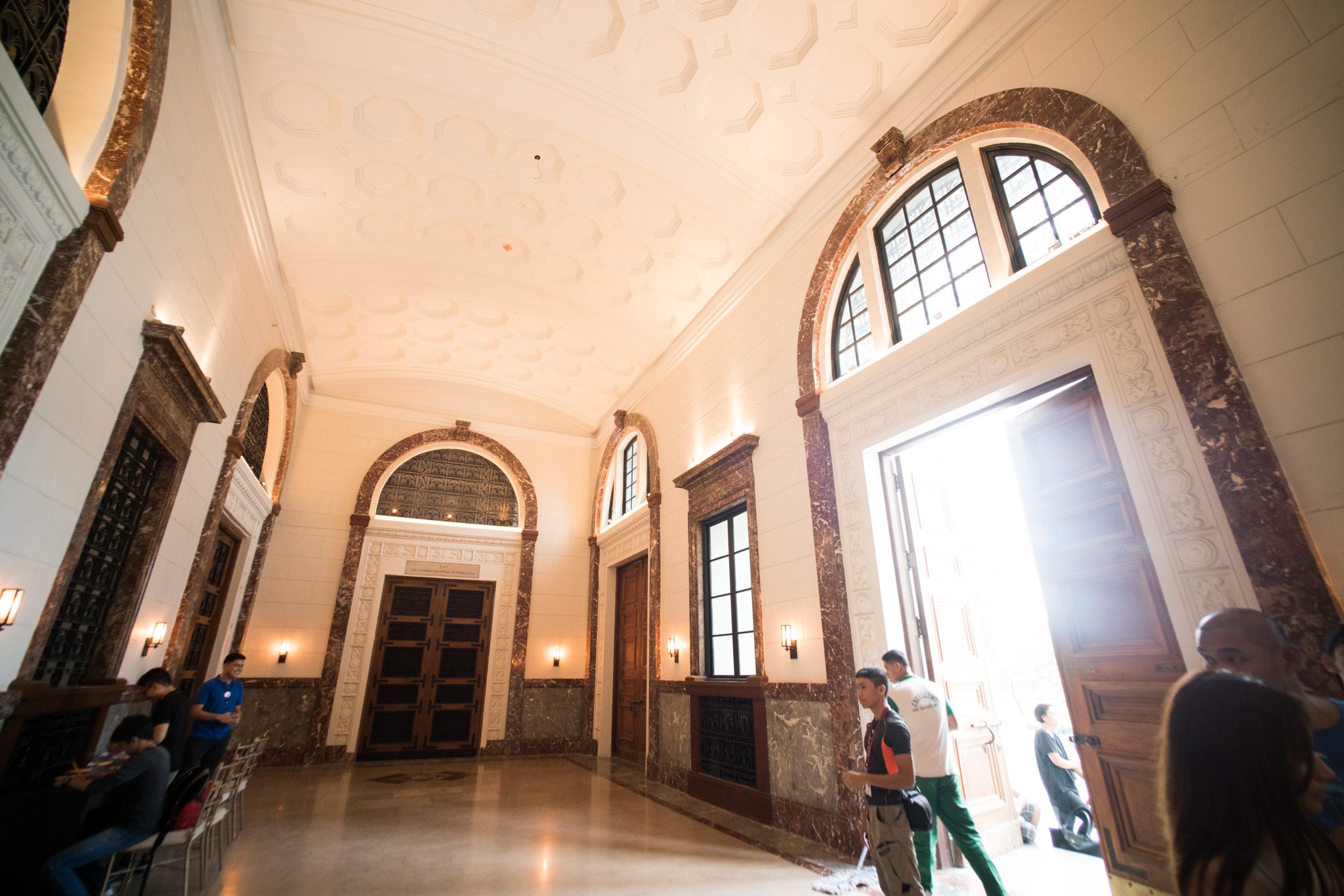
Housed in what used to be the Department of Tourism headquarters, the museum structure itself is a sight to behold, so give yourself some time to marvel at the interior design and architecture too. As museum trustee Maria Isabel Ongpin said, the building is a perfect example of adaptive reuse – the product of careful renovation and retrofitting.
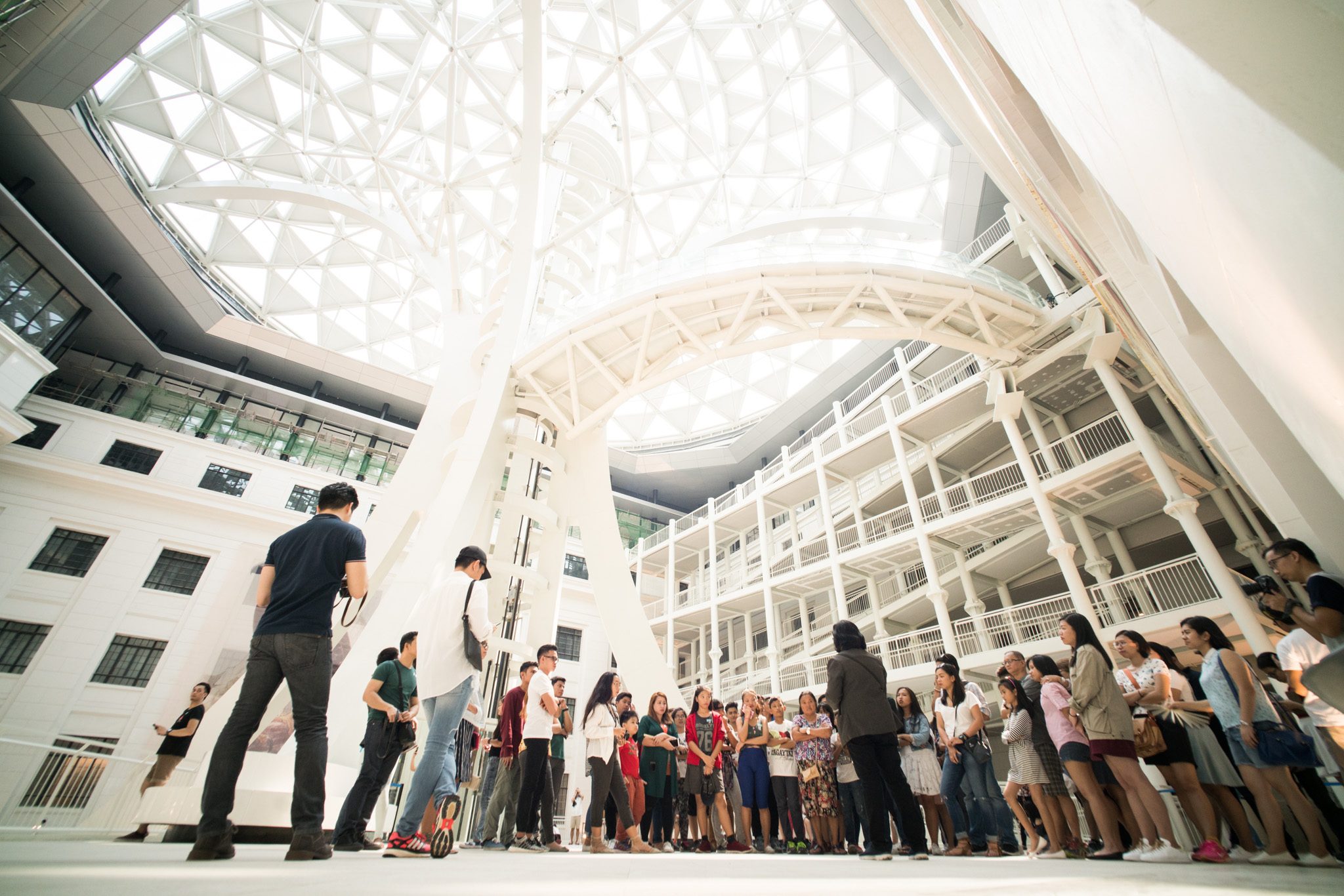
The elevator in the center of the entrance hallway, called the Tree of Life, is particularly eye-catching as it leads up to the canopy inspired-ceiling that brings in a generous amount of natural light and casts pretty shadow patterns on the floor on a sunny day.
So far, only exhibits up to the 3rd floor are open for viewing, as the ones on the upper floors are still in progress.
Once the museum is fully open, the ideal way to see it is to take the elevator straight up to the top floor, and work your way down through the levels via the ramps. (Fun fact: the arrangement of the exhibits mirror nature so that the exhibits on the upper floors focus on high altitude environments like mountains and forests, and the ones on the lower levels focus on shore-level and underwater environments.)
Admission to the museum is free not only on International Museum Day, but also on regular days – which is just as well, because with so much to see, it’s a place that almost demands a return visit. – Rappler.com
Add a comment
How does this make you feel?
There are no comments yet. Add your comment to start the conversation.